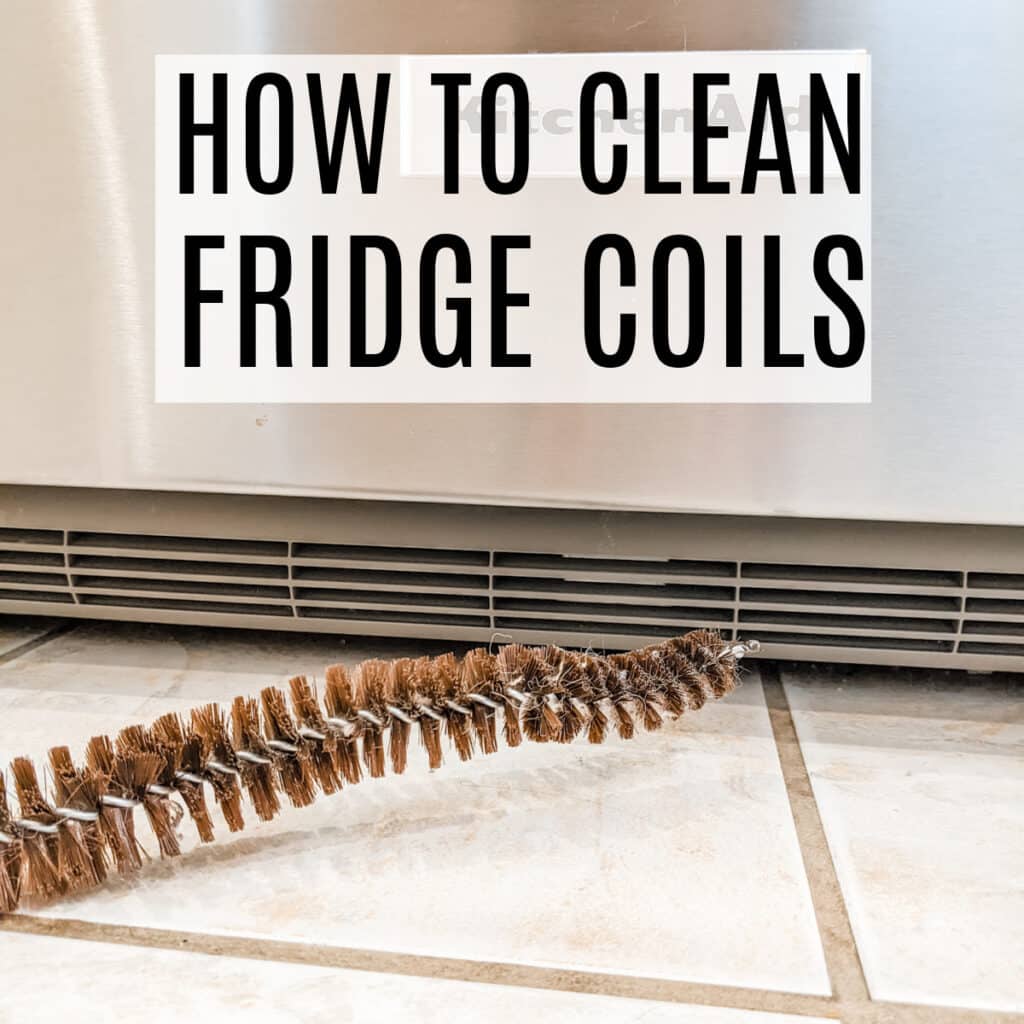
Boost Efficiency: A DIY Guide to Cleaning Refrigerator Coils
Your refrigerator’s coils play a crucial role in maintaining optimal performance and energy efficiency. Over time, these coils can accumulate dust and debris, hindering the appliance’s ability to cool efficiently. In this comprehensive guide, we’ll walk you through the DIY process of cleaning refrigerator coils to boost efficiency and extend the life of your appliance.
Understanding Refrigerator Coils: The Heart of Cooling
Refrigerator coils, whether located at the back or beneath the appliance, are essential components for heat exchange. They release heat from inside the fridge to the surrounding air, allowing the appliance to maintain a cool temperature. When coils are clogged with dirt and dust, the refrigerator must work harder to cool, resulting in increased energy consumption and potential overheating.
DIY Clean Refrigerator Coils: A Step-by-Step Tutorial
For a detailed step-by-step tutorial on DIY cleaning refrigerator coils, visit thietbidinhvithongminh.com. This resource provides insights into the importance of coil cleaning and offers practical guidance to help you maintain your refrigerator’s efficiency.
Safety First: Unplug the Refrigerator
Before attempting to clean the coils, ensure your safety by unplugging the refrigerator. This precaution eliminates the risk of electric shock during the cleaning process. Once unplugged, you can safely access the coils for a thorough cleaning.
Locating the Coils: Back or Bottom Placement
Refrigerators have coils either at the back or beneath the appliance. Check your refrigerator’s user manual to determine the coil’s location. For coils at the back, move the refrigerator away from the wall for easy access. If the coils are at the bottom, remove the kick plate to reveal the coils.
Removing Loose Debris: A Preliminary Step
Begin the cleaning process by removing loose debris from the coils. Use a soft brush, vacuum cleaner with a brush attachment, or compressed air to gently dislodge and remove accumulated dust and dirt. This preliminary step prepares the coils for a more thorough cleaning.
Deep Cleaning: Wiping Down the Coils
For a deeper clean, dampen a cloth or sponge with a mild cleaning solution – a mixture of water and a small amount of dish soap works well. Gently wipe down the coils, paying attention to crevices and hard-to-reach areas. Be careful not to bend or damage the coils during the cleaning process.
Cleaning the Fan Blades: Enhancing Airflow
While cleaning the coils, take a moment to clean the fan blades if your refrigerator has them. The fan helps circulate air over the coils, contributing to the cooling process. A clean fan ensures optimal airflow, enhancing the efficiency of the refrigerator’s cooling mechanism.
Vacuuming the Surrounding Area: Preventing Future Buildup
Once the coils are clean, vacuum the surrounding area to remove any loose debris. Dust and dirt can accumulate on the floor or around the refrigerator, potentially finding their way back to the coils. Keeping the area clean helps prevent future buildup and ensures a more efficient cooling system.
Reconnecting and Testing: Restoring Power
After completing the cleaning process, reconnect the refrigerator to the power source. Plug it back in and allow it to cool for a while. Monitor the temperature to ensure the appliance is cooling efficiently. Cleaning the coils should result in improved performance and energy efficiency.
Regular Maintenance: Key to Appliance Longevity
Regularly cleaning refrigerator coils is a simple yet effective maintenance task that contributes to the longevity of your appliance. Incorporate coil cleaning into your routine home maintenance to ensure your refrigerator operates at its best, saving energy and reducing the risk of breakdowns.
Conclusion: DIY Maintenance for Efficient Refrigeration
In conclusion, taking the time to clean refrigerator coils is a worthwhile DIY task that pays off in improved efficiency and energy savings. With proper maintenance, you can extend the life of your refrigerator and enjoy reliable cooling. For a detailed tutorial on DIY cleaning refrigerator coils, visit thietbidinhvithongminh.com.
